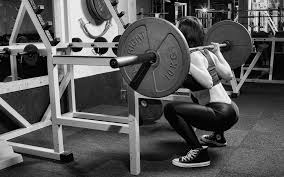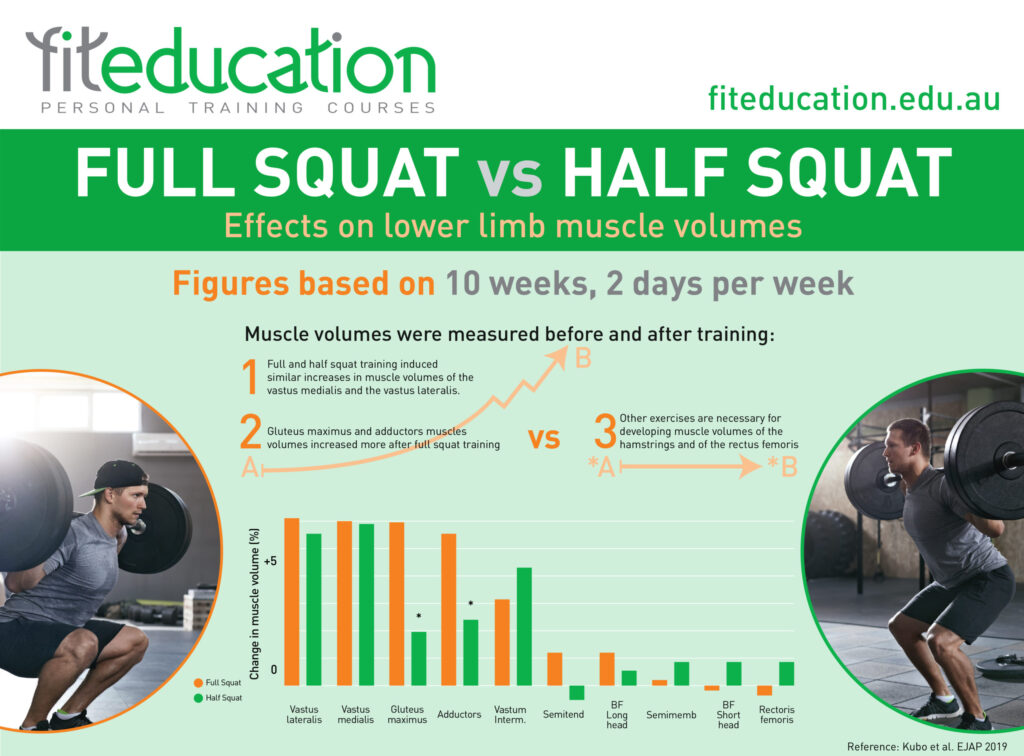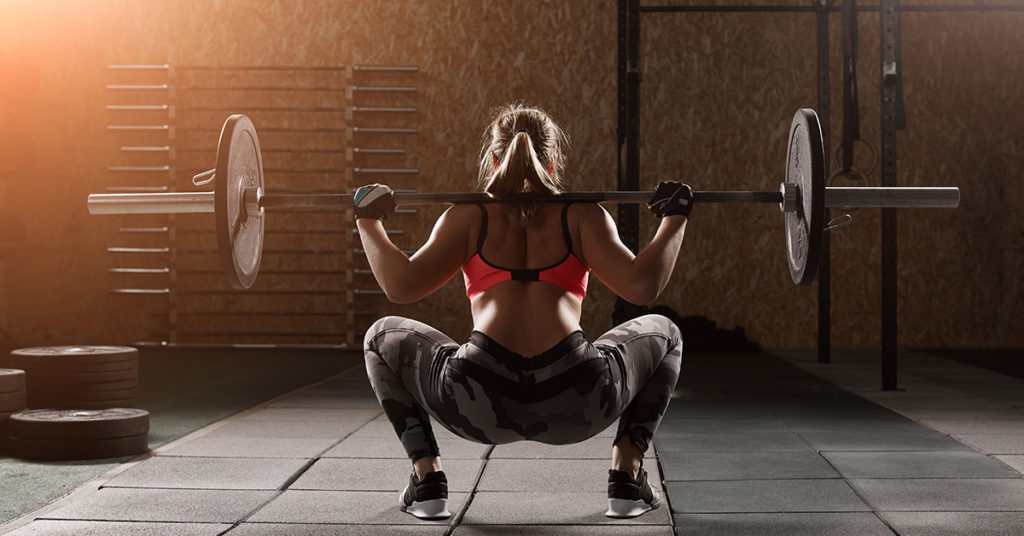A look into the bio-mechanics of deep squats
Squats: 90 degrees or ‘ass to grass’?
Squats are one of the great exercises. There is much conjecture as to how to correctly perform a deep squat. Concern surrounding deep squats, beyond 90 degrees of knee flexion, originated from a study conducted by Karl Klein at the University of Texas. Klein conducted a study comparing weightlifters that frequently performed deep squats with a control group, and found an increased incidence of laxity in all knee ligamentous structures in the test group. Klein’s study at the University of Texas found that weightlifters who frequently performed deep squats had an increased incidence of laxity in all knee ligamentous structures. The American Medical Association (AMA) released a position statement cautioning against the use of deep knee exercises.

The Debate Over Deep Squats and Knee Health: Research Findings and Biomechanics
Researchers conducted more studies into deep squats, revealing results different from Klein’s study.
Most studies have determined there is no correlation between deep knee squatting and injury risk. Chandler et al. provided positive evidence for the use of deep knee squats, after comparing a group of male power-lifters to a control group. It was discovered that the male power-lifters who all frequently employed a deep squatting technique, had significantly tighter joint capsules on anterior drawer tests and were also tighter on the quadriceps active drawer test at 90 degrees of flexion.
The Impact of Squat Depth on Knee Forces and Muscle Activation
Forces acting through the main passive knee restraints of concern, the ACL and PCL; have been shown to diminish at higher degrees of flexion. Peak ACL forces occur between 15 and 30 degrees of flexion, leveling off thereafter at higher flexion angles. PCL forces rise consistently from 30 until 90 degrees where they peak, and then decline significantly as flexion continues to increase. In terms of muscle function, average muscle activity of the gluteus maximus has been found to be significantly different when comparing partial and parallel to deep full squat depths (Caterisano et al).
We found similar results for peak values; full squats showed significantly greater muscle activity. Contrasting the gluteus maximus findings, the depth of a squat doesn’t significantly influence hamstring activation. This is because the variation in peak and mean torques is minimal. The hamstrings, being bi-articular, span both the knee and hip joints. Therefore, as they flex and extend each joint, their lengths and forces maintain consistency throughout the movement. The quadriceps, specifically the quadriceps femoris, produce most of the muscular forces at the knee. This structure’s peak muscle activity occurs at 80 to 90 degrees of flexion and remains relatively constant thereafter.

The Safety and Benefits of Deep Squats for Knee Health
So get you arse to the grass!
In conclusion, there is little evidence to suggest that deep squats compromise knee structure and function. Research supports how passive and active restraints behave on the knee during varying knee flexion degrees. Personal trainers should adjust squat depth based on a client’s goals and potential health concerns. A depth of 90 degrees targets the quadriceps effectively. For the gluteus maximus, deeper knee flexion is required.
Fit Education says “Get your ass to the Grass!”

If you enjoyed this article you may also enjoy reading Front Squats.
The Certificate III in Fitness and Certificate IV in Fitness cover squatting and resistance training.
